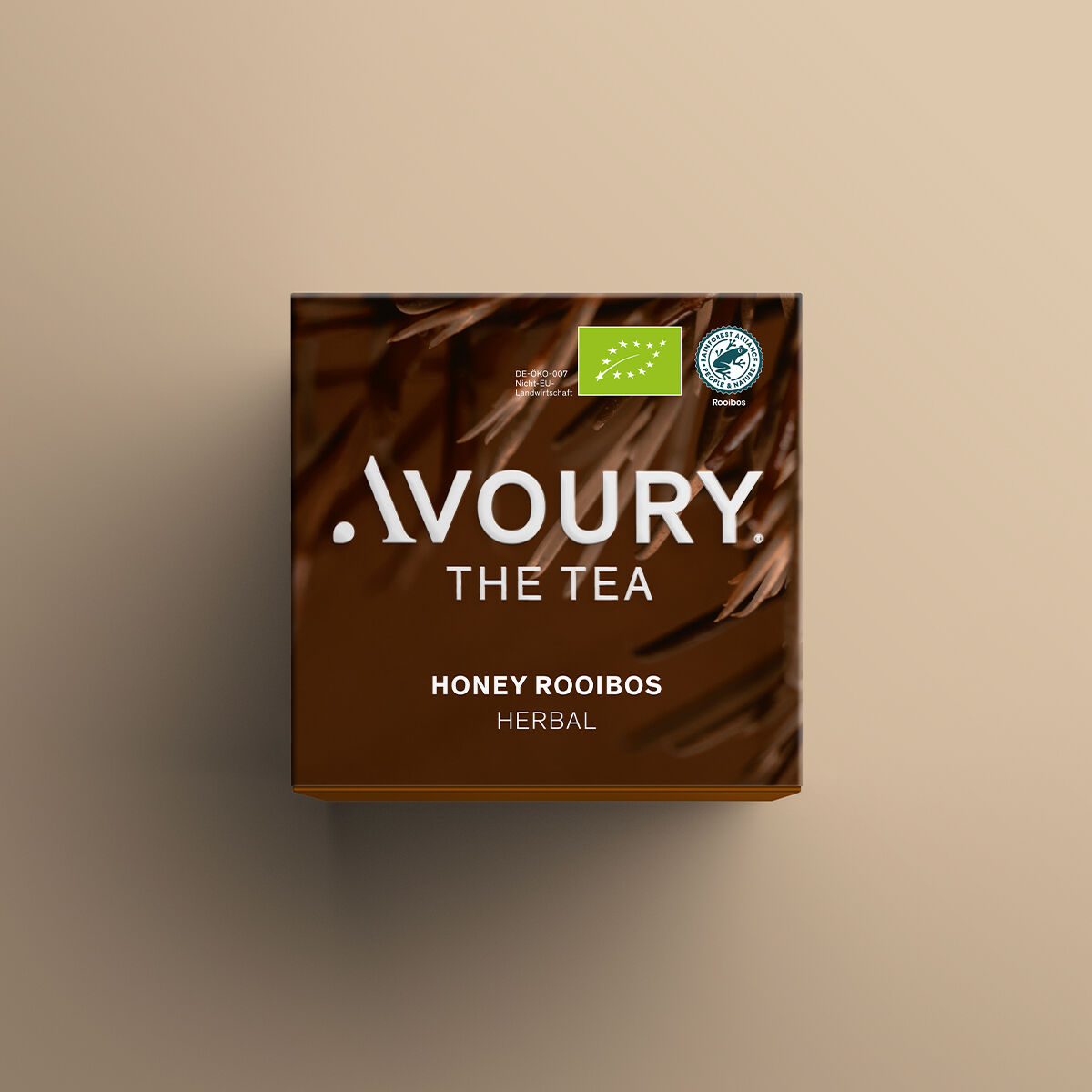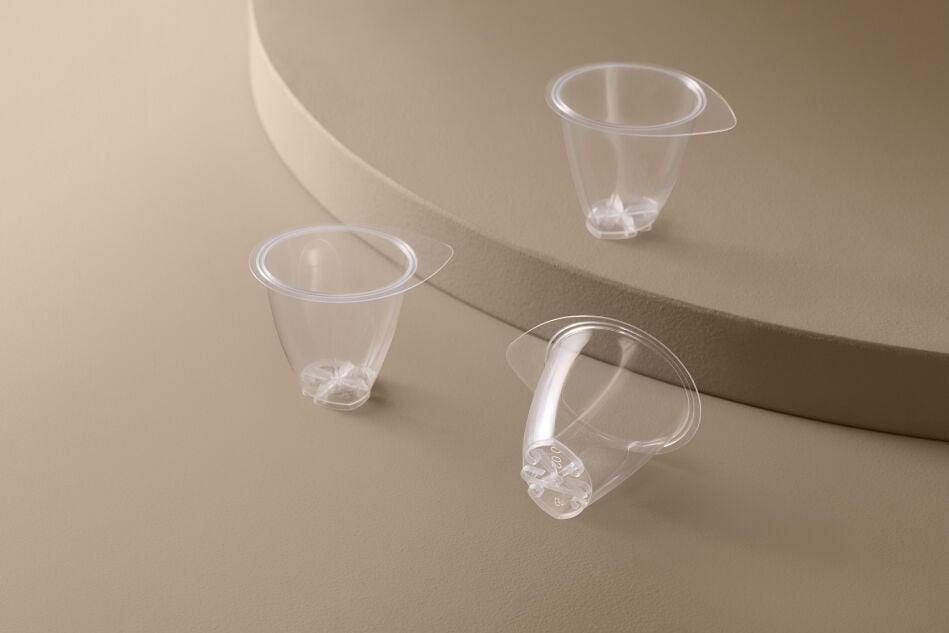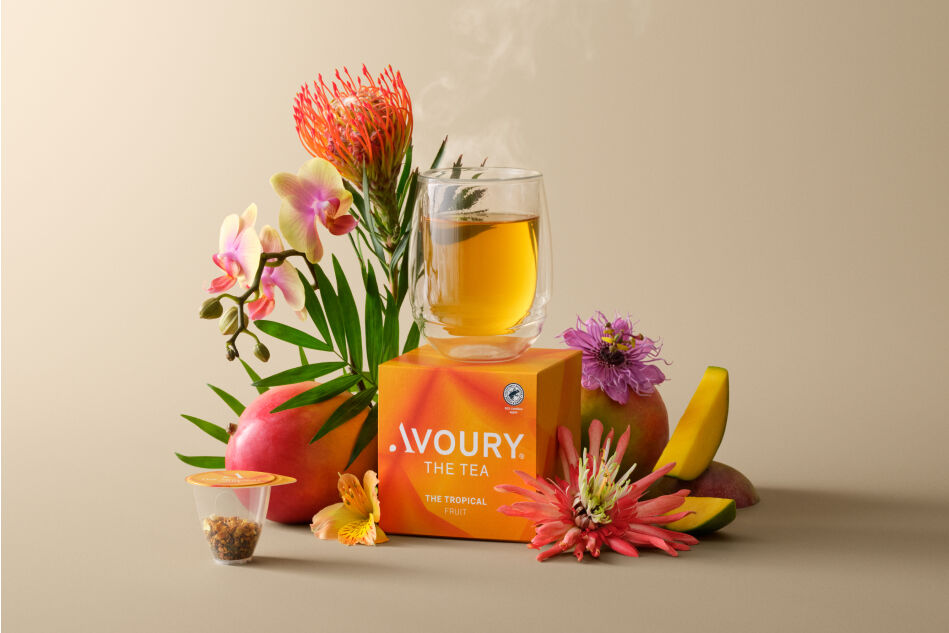Rooibos tea
– the delicate beverage from South Africa
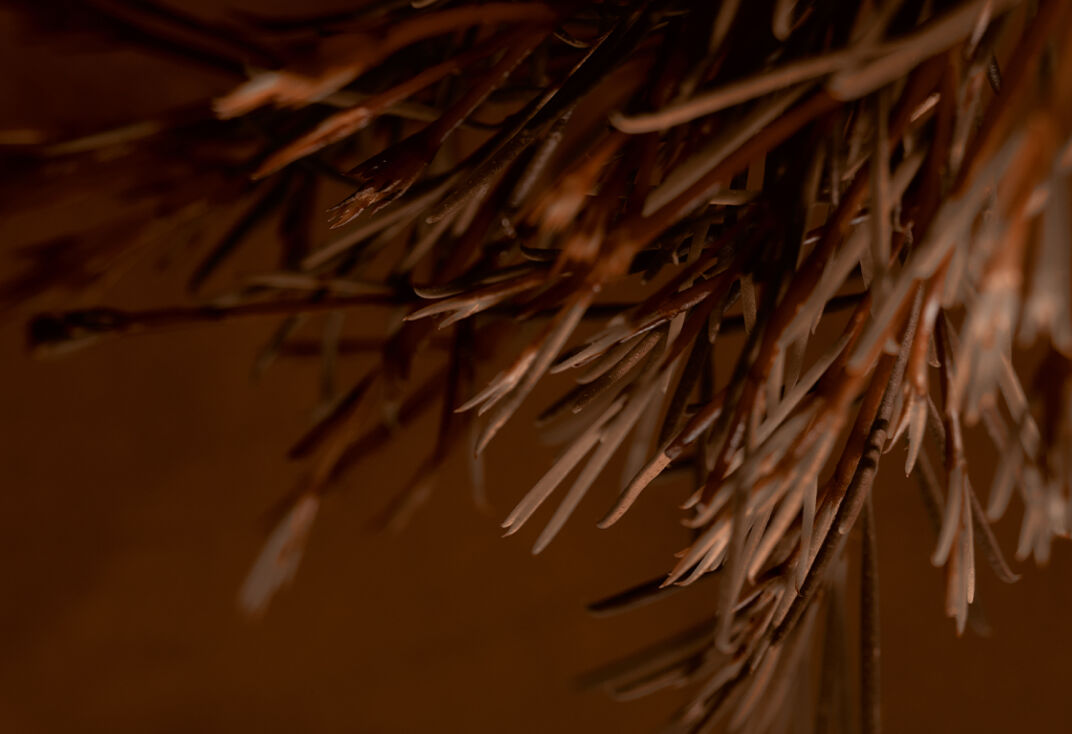

Why rooibos tea can be enjoyed at any time of the year
Even today, the tradition persists that countries such as China and Japan are the most prominent suppliers of exclusive tea varieties. But there are also tea specialities that originate from outside the Asiatic region that have already gained popularity around the world. Look no further than Africa, which is home to a special beverage that comes with a striking red shimmer.
The predilection for the tea that can be made from the plant known as ‘rooibos’ or ‘redbush’ has been continuing to grow in Europe, and especially in Germany, for some time - and these are markets in which black tea and green tea have long been the principal favourites. With its refreshing aroma and flavour, rooibos tea provides new taste highlights that can captivate even the most obdurate adherent of the established tea varieties. In the following, we’ll explain what it is that makes so remarkable a good rooibos tea, such as our HONEY ROOIBOS, where the tea is grown and what it has in common with the humble pea.
What is rooibos tea?
What we call rooibos tea is made from the young stems and needle-like leaves of the shrub Aspalathus linearis. The plant still grows in its original indigenous region, the Cederberg mountains to the north of South Africa’s capital Cape Town in the province of Western Cape. However, the shrub is nowadays not only to be found in the highlands of Western Cape between the towns of Clanwilliam and Citrusdal but has taken root throughout the country - rooibos tea is now deemed to be the national drink of South Africa.
The word ‘rooibos’ comes from the Afrikaans for red (‘rooi’) and bush (‘bos’). Over time, of course, it has come to be designated by other names that are more or less familiar, such as rooitea, red tea and redbush tea.
It may well bear the name of ‘tea’, but in fact rooibos is not, strictly speaking, a true tea plant at all but a herb that can be brewed to create a tea-like beverage. ‘Real’ tea is only made from the plant Camellia sinensis. The shrub Aspalathus linearis, on the other hand, is a member of the legume family of plants and so - at least technically - it is more closely related to the pea rather than tea. The rooibos plant is similar to the broom shrub in appearance because of its needle-shaped leaves. We have included rooibos tea as a herbal tea in our range and you can effortlessly make a perfect cup of this delightful drink using our Avoury One® tea machine.
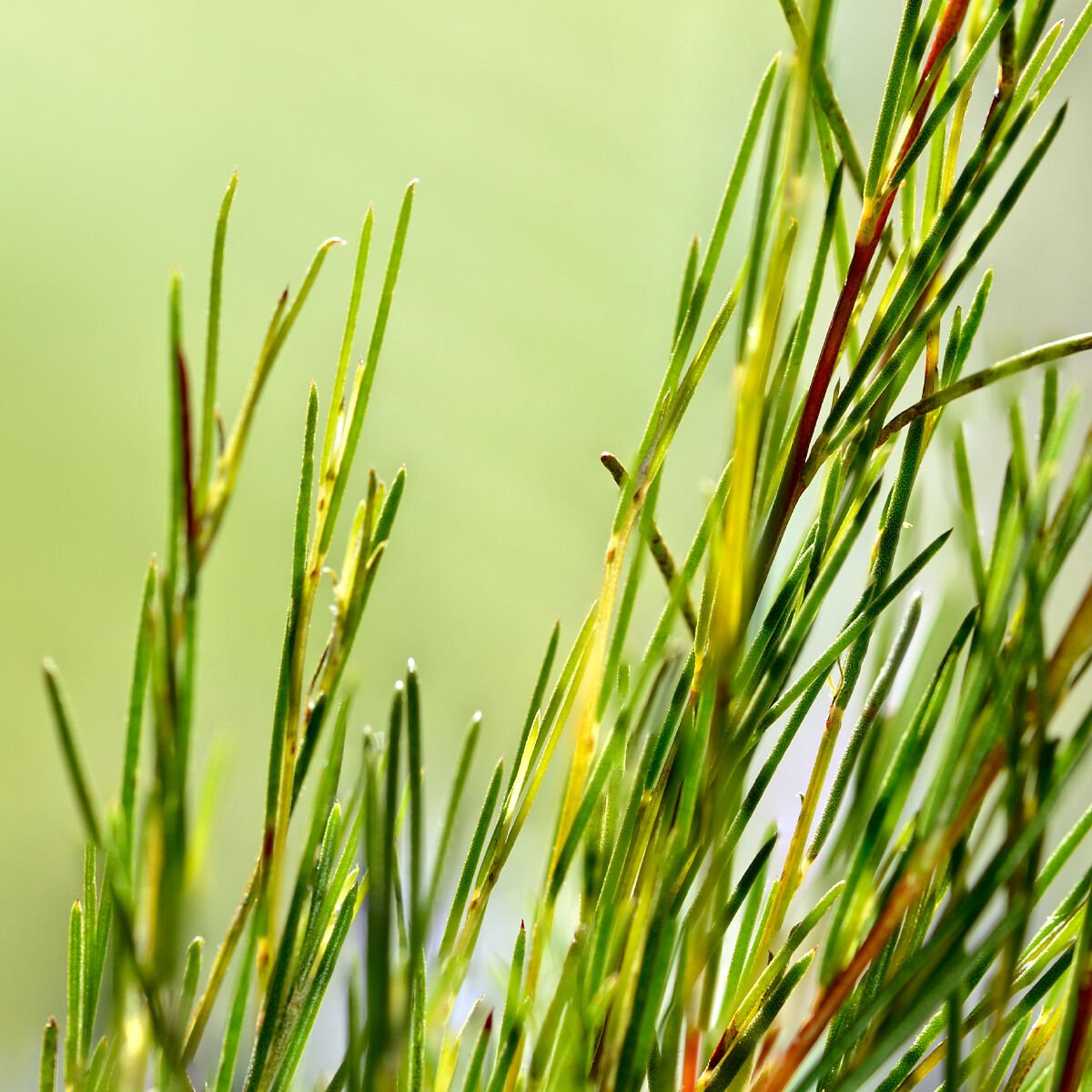
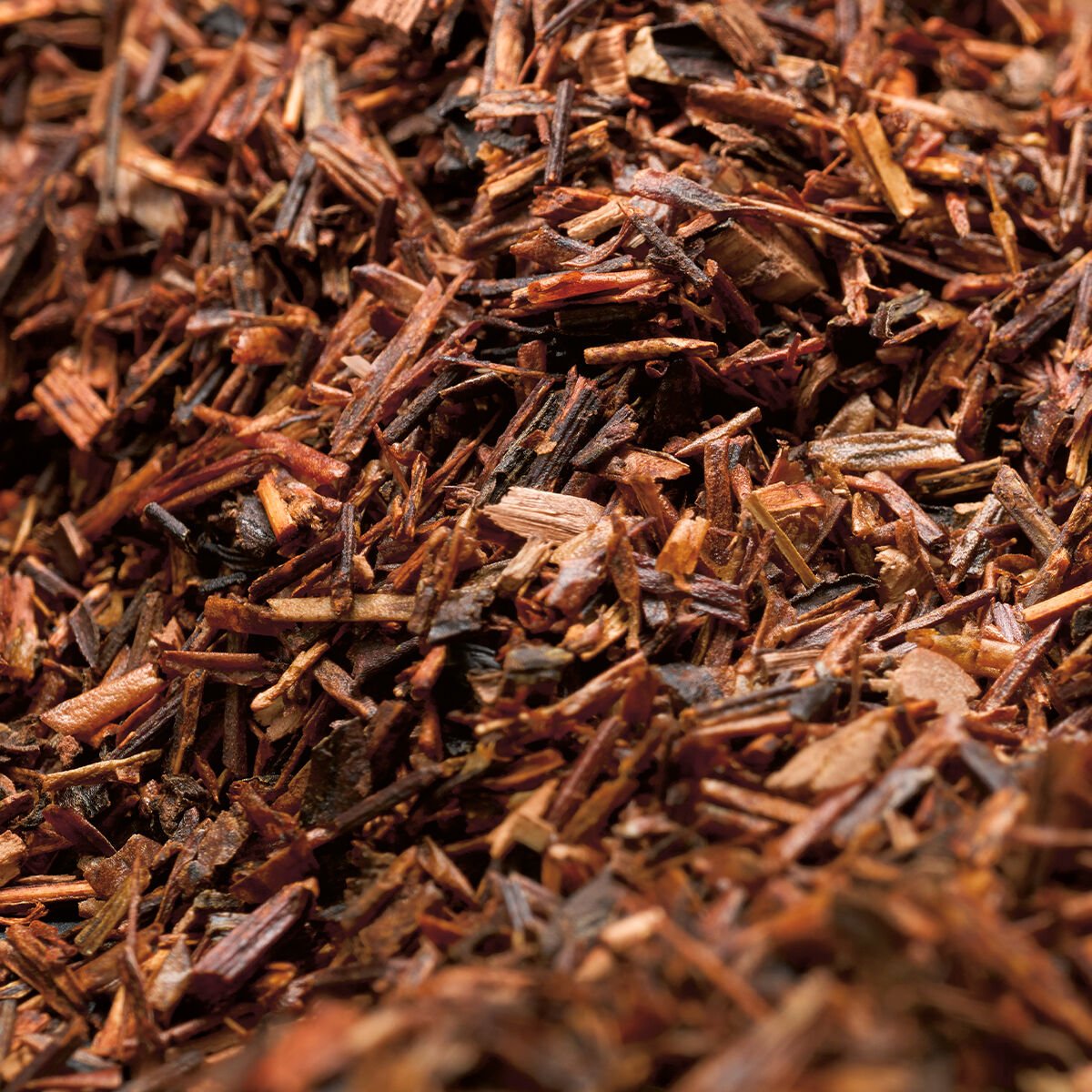
The cultivation and harvesting of rooibos tea
In addition to its uniquely delicious flavour and distinctive colour, turmeric is also known for its many health benefits. For instance, golden milk has been used as a healing, stimulating and cleansing remedy for centuries.
This is because turmeric contains curcumin, a naturally occurring compound with anti-inflammatory and antioxidant properties. It's no surprise then that the plant and its curcumin play an important role in Ayurvedic medicine, as well as in the kitchen. While it has traditionally been used as a general antiviral medication and to treat chronic inflammation, the plant is particularly prized for its soothing effect on digestive problems.
Aside from its delicious, healing effects, the turmeric plant is also quite beautiful. It blooms in white or purple, growing in gardens or on balconies and windowsills, making it a decorative feature in flowerbeds or an eye-catching houseplant. In Ayurvedic practice, the turmeric plant symbolises the sun. Reason enough to delight in its wonderful colours!
The flavour of rooibos tea - on its own and in combination
The taste of rooibos tea is perhaps best described as being earthy with an accompanying underlying subtle sweetness. The earthy main note may be predominant but is by no means obtrusive; it is mild and harmonises happily with the similarly muted yet fruity sweetness detectable on the palate. The result is a flavour and aroma that can be called down-to-earth while being, at the same time, not without playful nuances. And this is, without doubt, one of the reasons why rooibos tea has been discovered and is today enjoyed everywhere by fans of the more standard tea varieties.
Rooibos tea: blends so well with so much
Rooibos tea is not just something for the purist; the undeniable charm of this herbal tea is attributable to the fact that it can be consumed in so many different combinations, ensuring there is a flavour that will appeal to everyone.
· Rooibos with milk: drunk as a tea with milk, the mildness of rooibos is even further accentuated and it represents a very real rival to the customary black tea with milk combination.
· Rooibos with sugar: if you find the natural sweetness of the beverage too understated, you can adjust it to your taste by adding some of our RAW CANE SUGAR.
· Rooibos with fruit juice: fruits will in general harmonise happily with the naturally discreet flavour and aroma of rooibos. Apple and orange in particular will bring out completely new taste subtleties of rooibos tea.

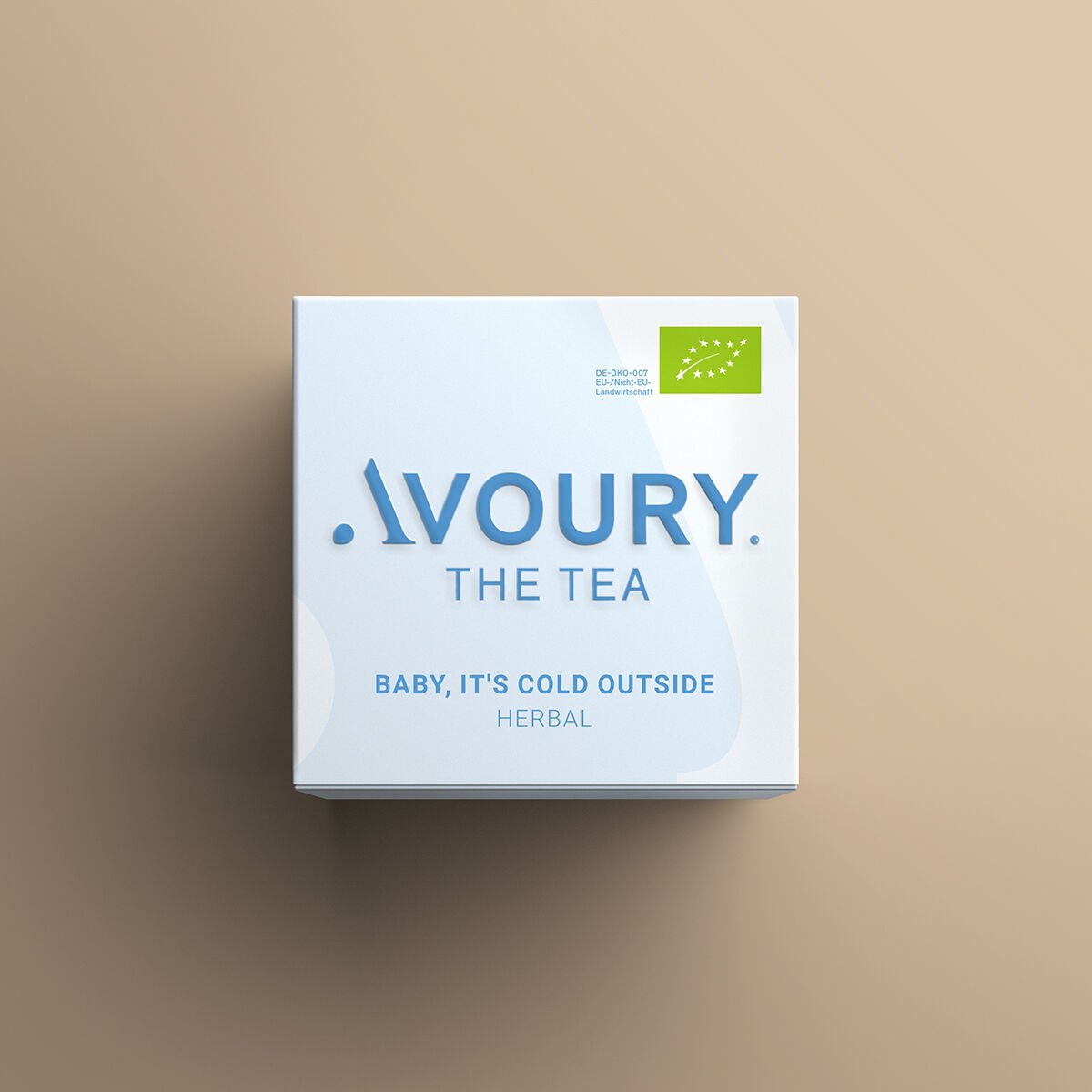
Baby, it's cold outside
Rooibos tea can be imbibed not just at any time of day but is also a tea for all seasons. In summer, a refreshing iced tea can be made from prepared rooibos tea by means of the addition of fruits and ice cubes. When the cold begins to bite in winter, there is nothing as comforting as a cup of rooibos tea with a dash of vanilla, a pinch of cinnamon or perhaps a touch of marzipan and, should you wish to make it even more warming, you can even add a shot of rum. Our rooibos tea can also form the basis of your Christmas punch creations. And as its name suggests, the latest addition to our rooibos range, BABY, IT’S COLD OUTSIDE, is predestined to be the perfect antidote to chilly days. With its winter-associated spices, including ginger, cinnamon, cardamom and cloves, it is the cup that cheers and with its hint of orange is also evocative of a delightful winter punch, generating a sensation of well-being and warmth - the ideal companion for those moments of relaxation during the cold season.
How to brew rooibos tea correctly
Making a cup of this pea-related herbal tea is - well - easy-peasy. What is important is to ensure that the water used for brewing is boiling and that the tea is allowed to infuse for the appropriate time. This, depending on required taste, should be 5 to 8 minutes.
As rooibos tea contains no tannins it remains, in contrast with green and black teas for instance, wholesome and palatable even after being allowed to infuse for longer periods And yet this tea contains a wealth of minerals and trace elements. Once you’ve prepared your tea, you can drink it as it comes or, if you prefer, combine with other ingredients as described above.
Here’s a practical tip: you can always be sure of the perfect cup of tea at just the press of a button when you use our Avoury One tea machine. Simply insert the appropriate Avoury® TeaCycle Cap® in the machine, start the brewing process and then all you need subsequently do is enjoy the prepared tea. Infusion time and water volume can be individually customised using the machine control panel or - alternatively - the available app.


Does rooibos tea contain caffeine?
No, South African rooibos tea is naturally caffeine-free. This is because it is not made from the ‘genuine’ tea plant Camellia sinensis but from cuttings taken from the shrub Aspalathus linearis. This means it can be enjoyed at any time of day and is thus a good choice for adults, young people and children who would like to drink a cup of tea in the evening.
Honey Rooibos by Avoury® – all the allure of South Africa in a cup
What our Honey Rooibos brings together are a mild and sweet flavour, ease of preparation and almost limitless options for combination with other ingredients. The flavour of this caffeine-free organic tea will delight at any hour of the day while rooibos will be a fine addition to your collection of herbal teas. Being perfectly natural and versatile, you’ll find rooibos tea to be an absolute all-rounder in your cup.
But that’s not all. We’ve thought about the best way to accentuate the natural, understated sweetness of rooibos without impairing its essential integrity. And we found the solution to this also in South Africa in the form of the honeybush shrub (Cyclopia spp.) that is similar to the rooibos plant in many respects. In January, the yellow blooms of the honeybush begin to release the honey-like aroma that gives the plant its name and these are then harvested. In our tea capsules, the two plants combine to provide an impressive duet of flavours that evoke the charisma of South Africa.
There is a very good reason why this combination has such an unadulterated, clean taste. We obtain our tea from a plantation in Cederberg where rooibos is allowed to grow in its native form without the use of pesticides. Thanks to this organic cultivation, our tea not only retains its pure flavour and aroma but is itself as pure as it comes.
Our Honey Rooibos provides tea lovers with two appealing delights for the taste buds in one capsule that perfectly complement each other and offer a mellow and captivating taste sensation. Why not now discover for yourself the very finest in tea enjoyment that Avoury offers?
